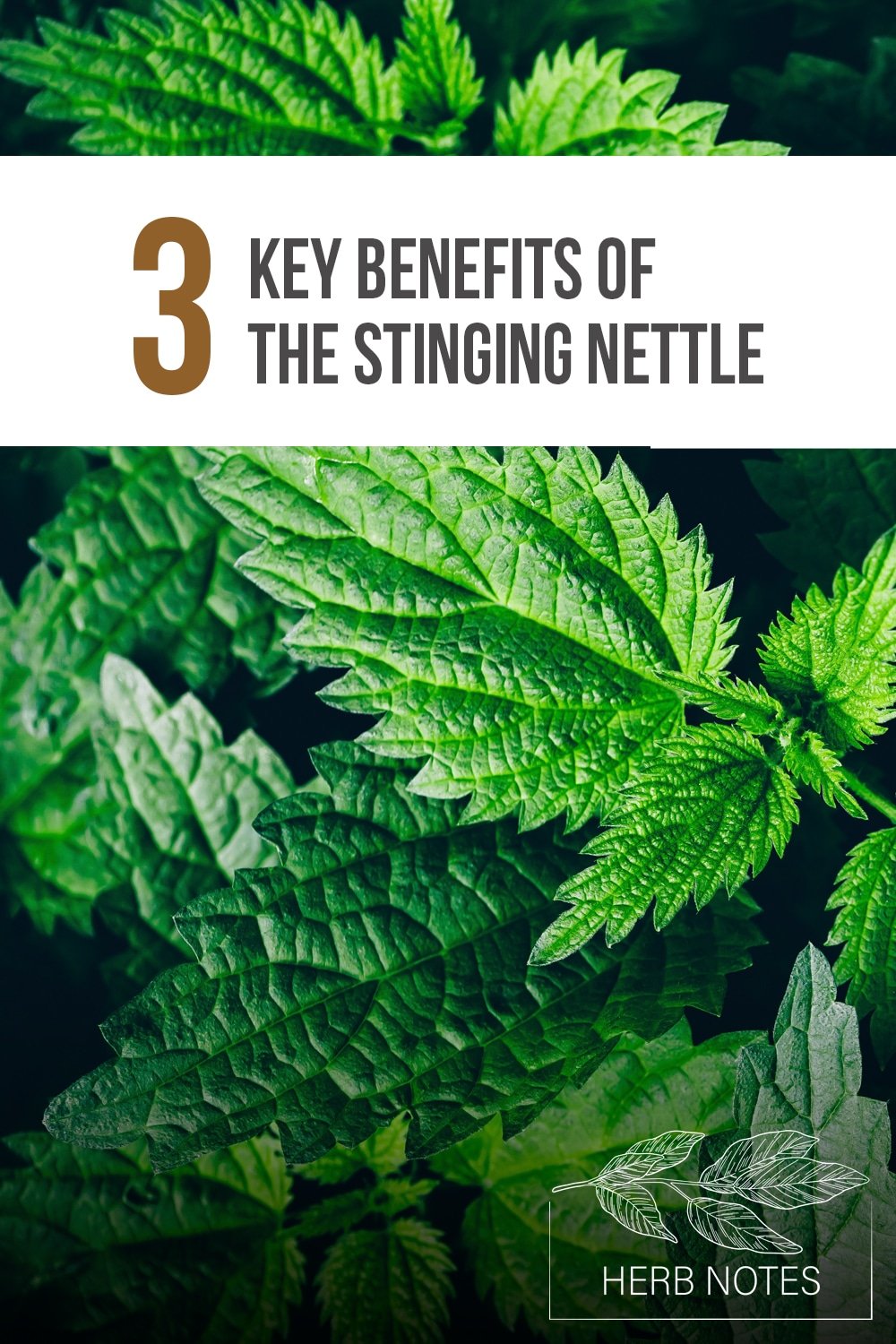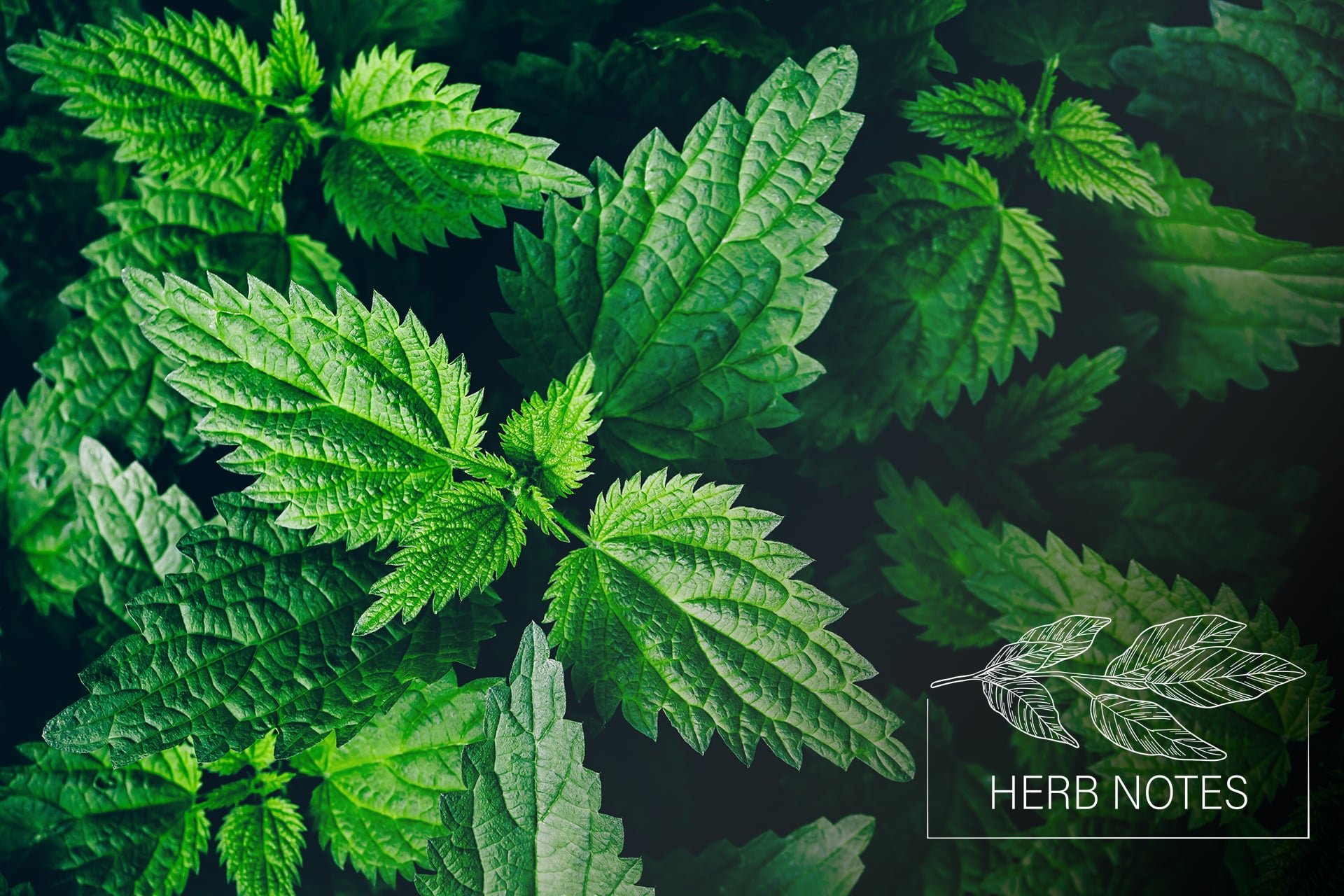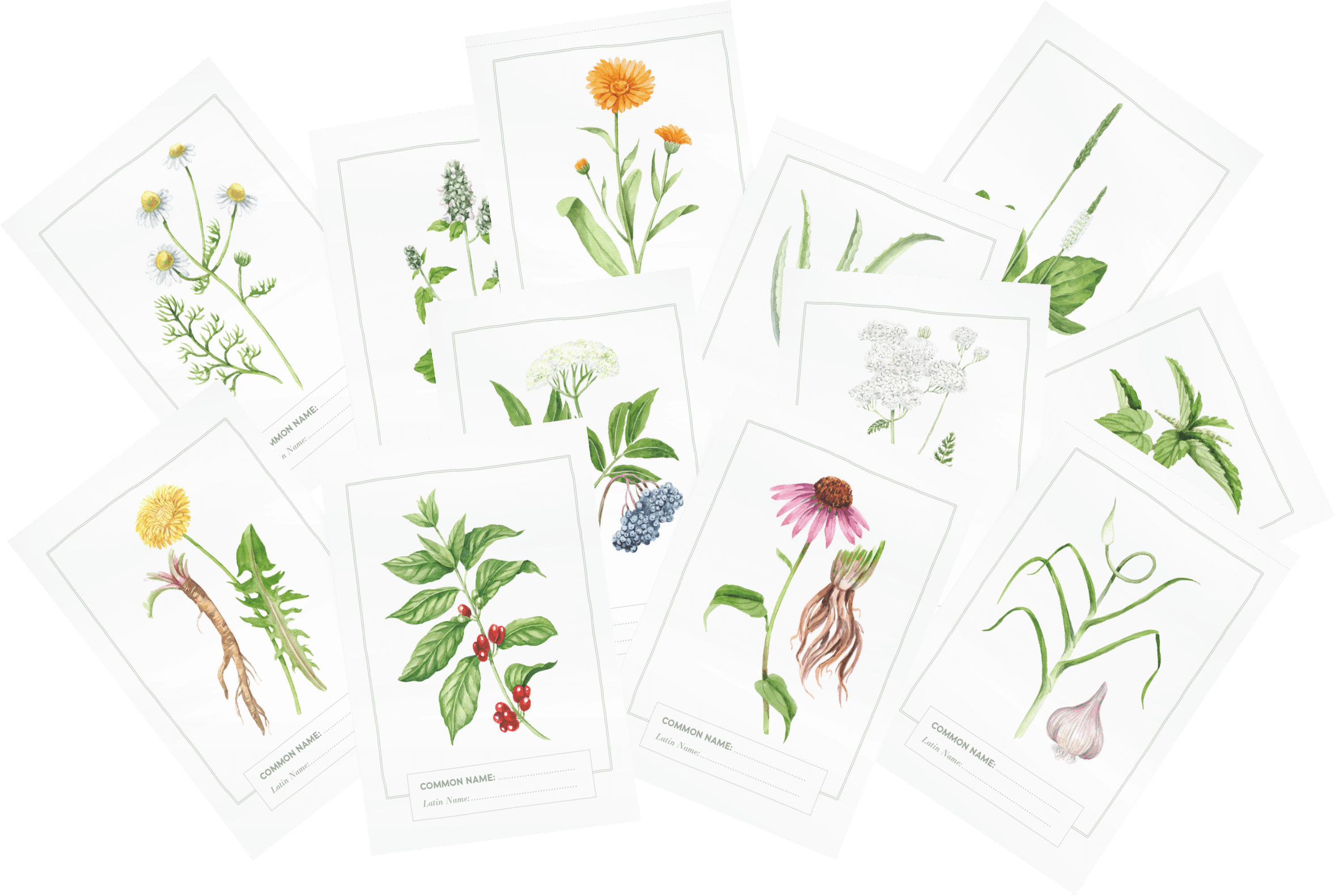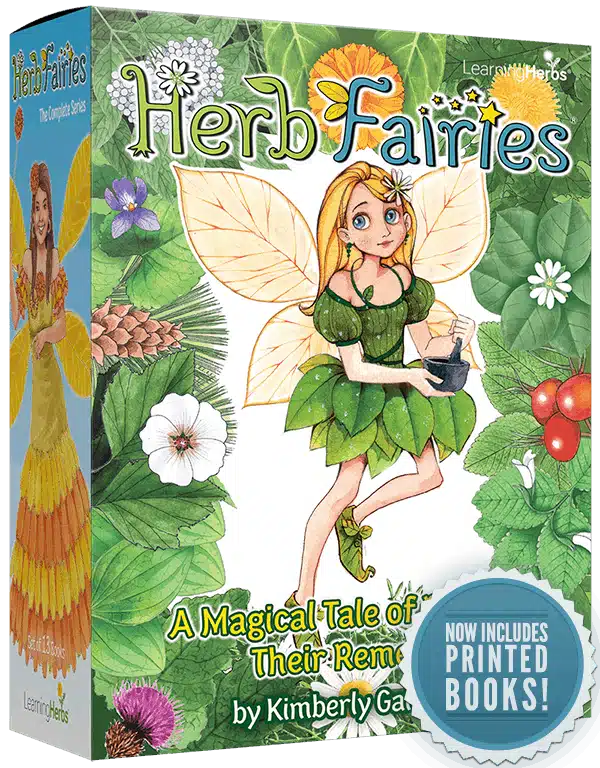With a name like “stinging nettle,” you might think you want to avoid a nettles patch at all costs. Sure, the fresh leaves and stems of stinging nettle (Urtica dioica) can irritate the skin upon contact, but here’s the thing: stinging nettles are also full of many healing gifts.
It may seem counterintuitive, but once you learn more about the magic of nettles, I have a feeling you’ll be reaching for nettles a whole lot more — even if you’re wearing a glove while you do it!
So, let’s dive into 3 benefits of stinging nettle…
1. Stinging Nettle Benefits: Nettle for Seasonal Allergies
As a strong anti-inflammatory herb, nettle excels at supporting the body through seasonal allergies. Every year, I start taking nettle in the late fall to prepare myself for the seasonal allergies I often get in spring.
I’ve noticed that taking nettle leaf helps dramatically reduce my spring allergy symptoms, including my runny nose, itchy eyes, and sneezing. And I’m not alone — nettle is well-known as an ally for addressing hay fever. Two of the best ways to prepare nettle1 for seasonal allergy support include making a strong nettle tea with hot water or taking freeze dried nettle capsules.
2. Stinging Nettle Benefits: Nettle for Inflammation
Just as nettle leaves can support the body with inflammatory seasonal allergies, nettle can also help address general inflammation in the body. As Rosalee de la Forêt notes in our Stinging Nettle Plant Profile on HerbMentor, nettle has been shown to decrease inflammatory markers like C-reactive protein and more. 2
As an underlying cause of many common diseases, chronic inflammation is an important issue to address holistically — and anti-inflammatory herbs like nettle can be one key part of a holistic approach.
A few great herbal preparations for promoting the anti-inflammatory effects of nettle include a stinging nettle smoothie and simple stinging nettle soup with fresh nettles.
3. Stinging Nettle Benefits: Nettle as a Nutrient-Dense Tea & Food
In addition to being anti-inflammatory, nettle leaves are also very nutritious and mineral-rich. With their rich mineral content, there are many benefits of nettle leaves: they can help strengthen bones, hair, and teeth, and they can help address muscle cramping caused by mineral deficiencies.
To experience the benefits of nettle leaves’ mineral content, as an almost daily routine I like to make a nourishing infusion of nettle and combine it with another mineral-rich plant, oatstraw. The oatstraw helps balance the astringency of the nettle, and together they create a tasty, nutrient-dense tea.
You can also incorporate more fresh nettle greens into your foods, like in a nettle lasagna and other culinary herbal preparations.
Want to learn more about the medicinal benefits of stinging nettle?
Now that you’ve learned a little bit about the health benefits of nettle, you might be wondering how you can learn more about the medicinal properties of this powerful plant.
Well, here’s the easy way to get more info about nettle: download a FREE deck of our top 12 Herb Notes here. You’ll learn all about the medicinal properties of stinging nettle, plus 11 other common herbs like echinacea, dandelion, and more.
PS… And before I go, I couldn’t help but answer a few frequently asked questions about stinging nettles…
What does stinging nettle look like?
Stinging nettle (Urtica dioica) is a perennial that dies back in the winter. This plant thrives in disturbed, moist soil, and you can often find it near rivers and creeks. Nettle stalks are long (reaching anywhere from 3–6 feet) with square stems.
Stinging nettle leaves are arranged opposite, and the margins on the simple green leaves are toothed. If you look closely, on most nettle species you’ll see little stinging hairs on the stalks and leaves. This flowering plant blossoms in the summer, and it produces lots of seeds that hang in tassel-like formation along the stalk.
As with all wild plants, if you are wildcrafting nettle, make sure you have properly identified the plant before you harvest.
Where does stinging nettle grow?
As I mentioned above, nettle patches loves to grow in damp, disturbed soil. Nettle patches can be found throughout much of the world, and nettle is most common in North America, North Africa, and Europe.
How long does a rash from stinging nettle last?
Though they are a wonderful herbal remedy, making skin contact with the fresh nettle leaves can cause a stinging sensation on the skin. The initial sensation of the nettle sting will typically last upwards of 15 minutes, and then the residual, lesser stinging sensation and rash usually resolves within a few days.
Applying a calendula salve can help soothe the affected area.
What parts of nettle can I use?
Nettle leaves are the most commonly used part of the nettle plant, but nettle roots and seeds can also be used medicinally in different ways than the leaves. The stalks have also historically been used to make fiber.











Nettles, like many antihistamines, make me sleepy. I am concerned about how they work to combat allergies. Are they anticholinergenic? Or has this not been studied, yet? Thank you!
Hi Susan,
Thank you for your question!
Here’s a quote from Rosalee de la Forêt’s Stinging Nettle Monograph on HerbMentor that offers some more info about nettle:
“Nettle is commonly used to decrease seasonal allergic responses, such as hay fever. While the exact mechanism of how this works is unknown, some hypothesize that nettle’s natural histamine content may down-regulate the allergic response. Nettle has also been shown to decrease inflammatory markers, such as C-reactive protein, which could also play a role in relieving seasonal allergies.”
You can learn more about nettle on HerbMentor: https://learningherbs.com/herbmentor/
I have a nettles plant, I have been collecting the tops to use as food and herbal remedies, is it ok if the tops have some flowers forming? Or should I just use leaves?
What are the other uses for the flower/ seeds and roots?
Hi Sophie,
Great questions!
Nettle leaves should be harvested while the plant is young and before it flowers. You can learn more about harvesting nettle here: https://learningherbs.com/remedies-recipes/nettle-soup/
And to learn more about the gifts of nettle leaf, seeds, and roots, you can check out our free Herb Notes Flashcards, which includes a nettle flashcard: https://learningherbs.com/explore/herb-notes-flashcards/
Thanks! :)
When I get stung by nettles, I first use something absorbent, like a tissue, to dry the affected area. I then press masking or clear tape onto the area and quickly remove it. I repeat this several time’s pulling the tape up in different directions each time. This removes the small “stinging hairs” and usually provides immediate relief. Keep on foraging ?